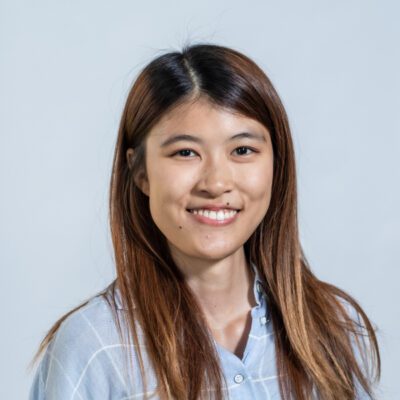
Final Project
WeLoop
A zero-waste online shopping platform that transform you and your community’s consumption behaviour.
Researching into the barriers and pain points of using existing reuse and refill solutions, WeLoop is designed for eco-minded but time-poor users who want to reduce packaging waste by breaking the distance and time constraints of reuse and refill, meanwhile overcoming the feeling of combating packaging waste issue alone.


Designer and users
Talking about the change of mindset after working on this project, one thing that I feel strongly with was that users are truly an eye-opener. Sometimes I overlook the basic thinking process as a human, and have blind spots on something obvious when I’m being too ‘close’ with my design. For example, when I struggled how the group order flow should be, talking to users effectively reveal those ‘nonsense’ out to me which otherwise, I would never think or notice of. Sometimes, even just a quote about users’ inner feelings can already be a huge signal to the design.
A flaw in the WeLoop project would be I did not get a chance to speak with the key stakeholders, such as retail chains or an independent refill shop owner. What I did instead, is to do secondary research and learn from existing resources and experience. I studied the reuse pilot reports that different grocery chains such as Tesco and Asda published, to help build up the bigger picture of what the stakeholders need to execute reuse practices.
Apply the design tools and methods in your way
During the ideation process, I read books and papers that explain the use case of different design tools and methods. However, in this self-directed project, I used the methods for whatever purpose! For example, the desktop system mapping (Thisisservicedesigndoing, 2019) which is usually used in the research stage for users to build and explore a business ecosystem, was used as a prototype technique in my project. I used it to present my concept to users in one of the workshops to explain the flow of materials, knowledge, funds among stakeholders which turned out brought the discussion to another level.
Another example would be COM-B. In the past, I usually use COM-B to unpack the brief in the early stage but it can also be used to check if my idea is a fit for my users. I found that I feel more comfortable with trying out new ways to apply the techniques and tools to arrive at the outcomes.
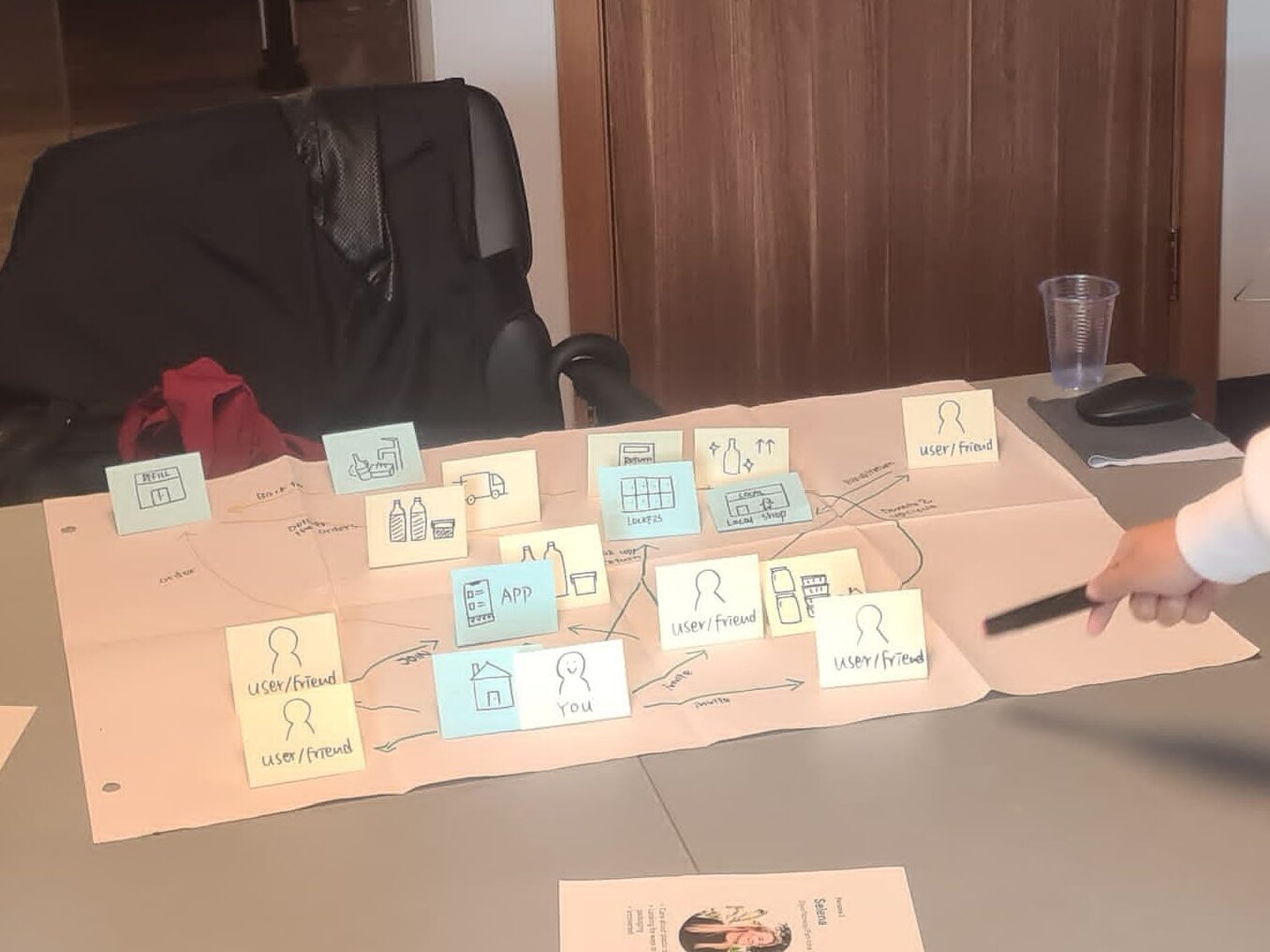

Design for sustainability
As a designer, I always keep my design objective in mind. I’m not referring to the UX vision statement here (which is also important!), but to keep in mind that I’m designing this service or product for sustainability. It shouldn’t be forgot that while I’m digesting my users’ needs and values, the 3 components of sustainability – People, Planet and Profit, should be equally considered in order to build a successful sustainability business model.
Development towards a zero-waste business model
Reuse is still a new business model that has a lot of uncertainty. Businesses, consumers, and funders are still looking for clear demonstrations of the viability of reuse and refill solutions at sufficient scale to overcome operational and logistical barriers, economic uncertainty, and current consumer habits tied to disposability (Moss et al., 2022). There is a lot of failed cases but you will never know. Maybe a slight change to the operations can already save the business concept and make great change that everyone follows. In this development journey of reuse business model, I as a designer and the design that I create, will be one of the components and contributors that foster the process.
Other projects
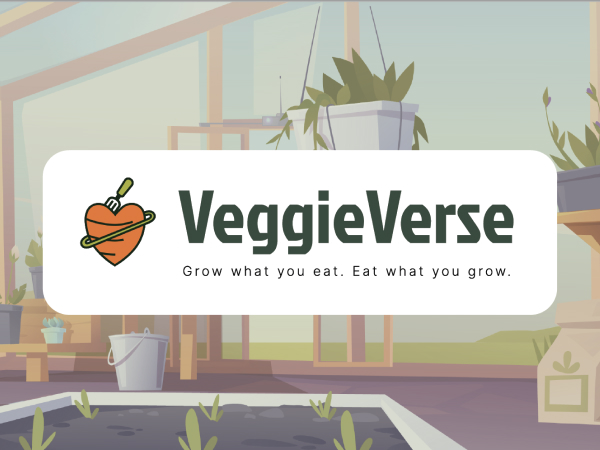
VeggieVerse: Regenerating food in a 15-minute neighbourhood
An urban green space upscaling project that regenerates town space, farming knowledge and food.
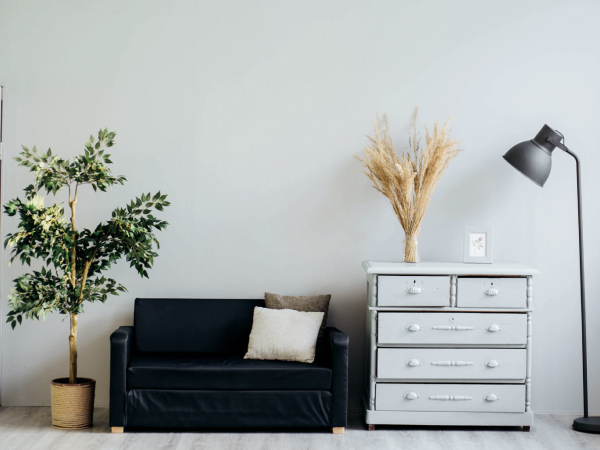
Saving energy in young household with smart meters
Provide time-poor young family a fun, social and rewarding energy saving experience.
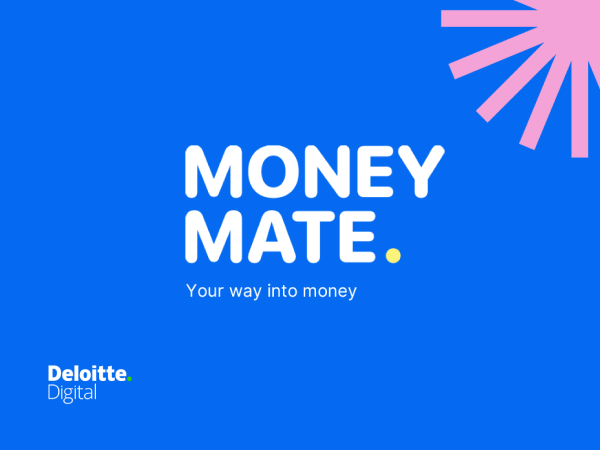
Deloitte Digital: Elevating financing experience for international students
Smart budget planning for international students who are new to managing money in a foreign country by utilising user-driven financial data.
Experience
2020-2022 – Blue Sky Energy Technology Ltd. – Marketing Executive
Visionary Thinkers
Visionary Creators
Visionary Makers